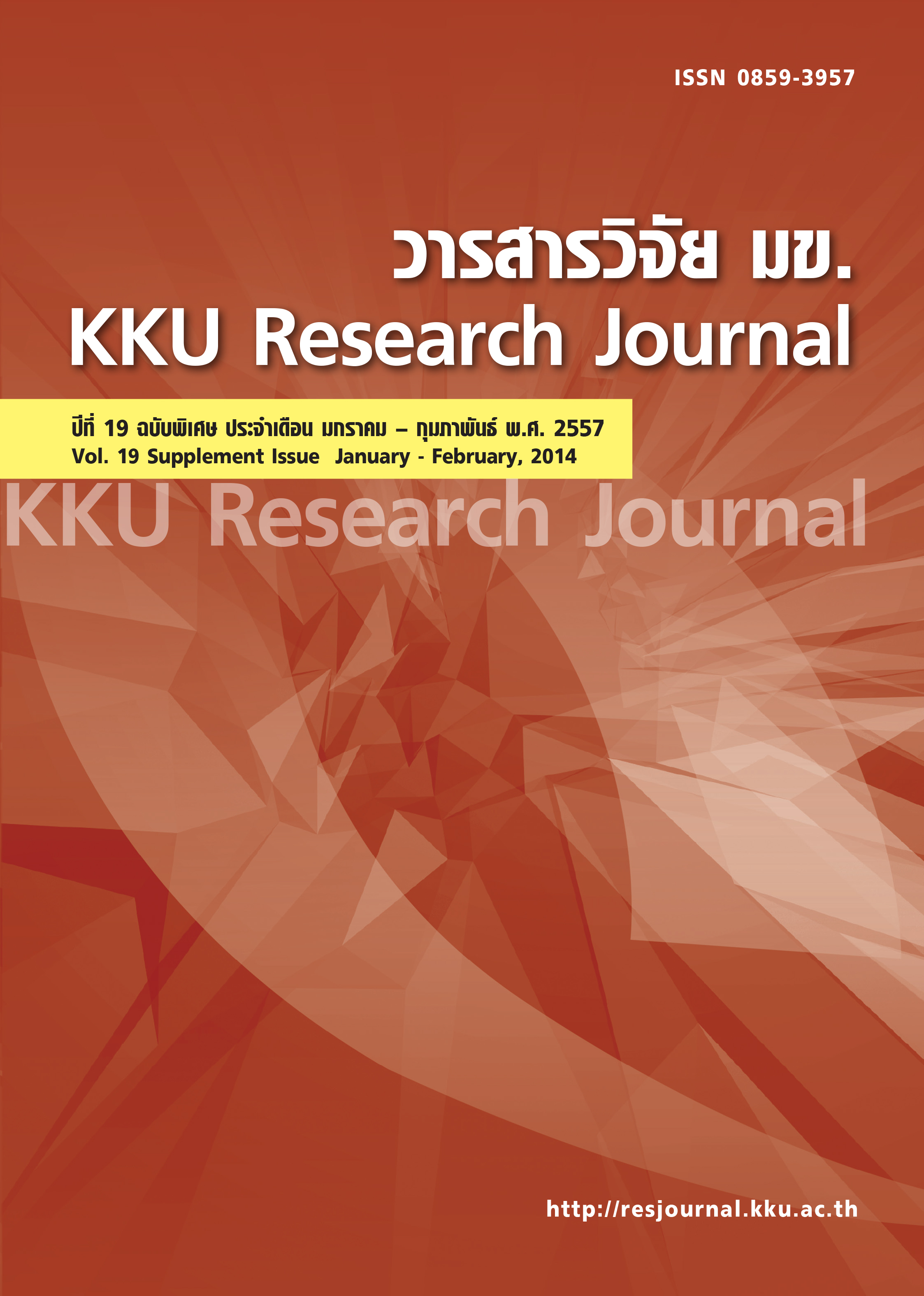Enhancing quality of ultisols through phototropic bacteria
Main Article Content
Abstract
The agriculture sector in Malaysia relies heavily on chemical fertilizers to forecast their production yields. Use of the chemical fertilizers increases production cost, and prolonging their use destroys the natural soil ecosystem and deteriorates soil health. In this study, an attempt to improve the fertility of Malaysian soils known as Ultisols was done by applying phototropic bacterium, Rhodopseudomonas palustris. R. palustris is considered to be a “versatile bacterium”. The bacterium has the ability to fix carbon dioxide to form biomass, converts nitrogen to ammonia, and produces hydrogen (as a by-product of nitrogen fixation). Experiments were carried out by introducing amounts of 1, 2.5 and 5 % v/w ofR. palustris to the Malaysian Ultisols (Bungor) and they were allowed to ferment for 30 days under an anaerobic condition. Deionized water was poured to the soils to increase the soil moisture to have approximately 30% humidity. During the experiment, light exposure, temperature and moisture of soil were controlled. After the fermentation period, the elementary analysis was performed to quantify the C/N ratio, soil pH, cation exchange capacity (C.E.C) and soil electrical conductivity (EC). The analysis of CO 2 for O 2 uptake rate (OUR) was also recorded to monitor the R. palustris respiration in soil. Based on the findings, the optimum results obtained were pH 5.5, C/N ratio 3, C.E.C 38.62 meq/100g, EC 314 ?S and OUR 1.59 x 10-5 moles of O 2 /mass of soil (kg) x Time (h). Experimental results from this study have proven that the use ofR. palustris had positively improved the Malaysian Ultisols quality in terms of nutrient content uptake capability.
Article Details
How to Cite
Khamis, A. . K., Aziz, R., Zailani, S. N., & Razali, F. (2017). Enhancing quality of ultisols through phototropic bacteria. Asia-Pacific Journal of Science and Technology, 19, 109–115. retrieved from https://so01.tci-thaijo.org/index.php/APST/article/view/83108
Section
Research Articles


